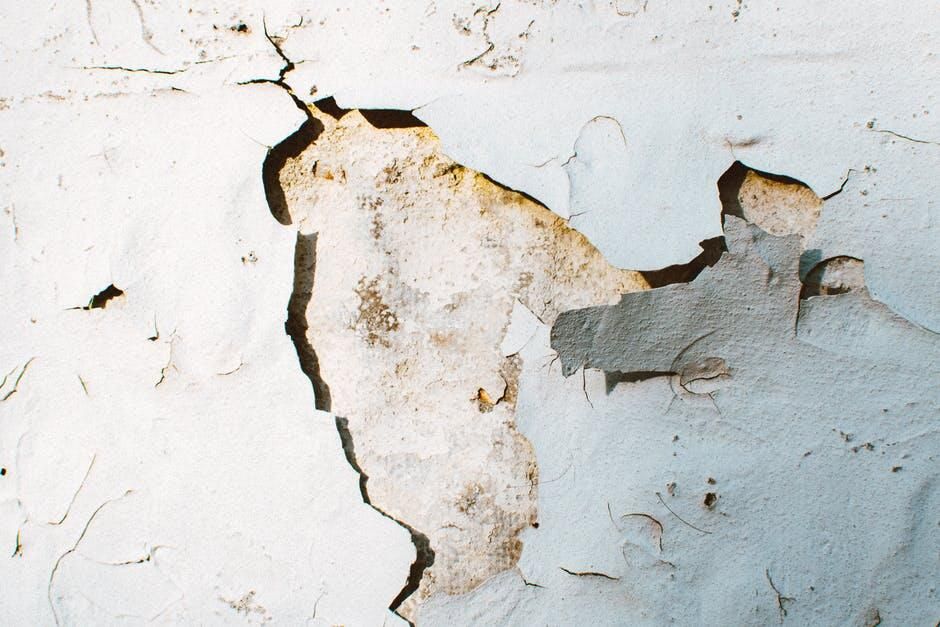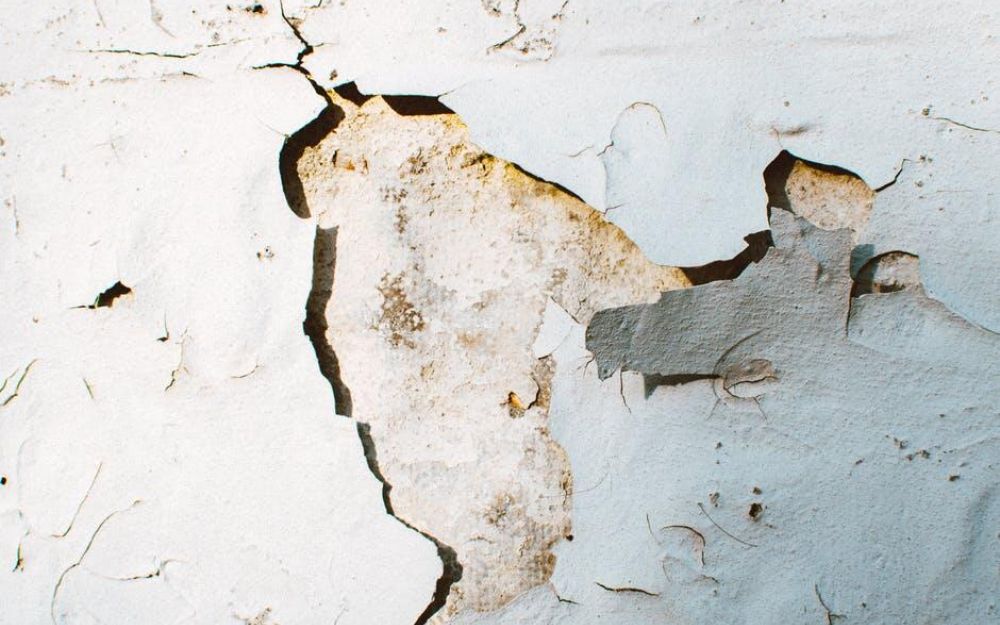Exterior Wall Cracks: How to Identify and Address Them


Article summary:
- Exterior wall cracks run the whole gamut from cosmetic to serious foundation issues
- If cracks widen or bow, then you should source a professional foundation evaluation for your own safety
- Don’t ignore the causes of the cracks, as they could cause worse problems
Exterior wall cracks in your home are relatively common and are not always problematic. Some issues may be minor in a non-load-bearing wall, as there are several potential reasons for them to appear in various severities. However, most occur due to soil shifting around the home, so what should you do if you happen to see one?
Below, we discuss the steps to take when you notice a crack in the outside wall of your house, as well as when you might need to respond. Finally, discover how a company like BAY Crawl Space & Foundation Repair can both inspect and repair your home, preventing the problem from escalating.
When Should I Worry About Cracks in My Outside Wall?
Always treat cracks seriously when you first notice them. A key part of your home maintenance process should be to inspect any new cracks and assess their severity.
When you find them, document them in one place, whether that be a digital file or a home maintenance logbook. Include photos, taken with a simple ruler, comparing the cracks monthly for trends that suggest they may be expanding.
Also, note their location so that you can discuss them with maintenance services if necessary.
If you notice water intrusion, then the situation is much worse. It shows that they are wide enough for water to seep through and that the water may start to erode the wall’s structural integrity over time, making any foundation issues worse.
How to Fix Cracks in Exterior Walls
While a DIY wall crack repair job is not always effective, it can be helpful as either a temporary fix or if you find that the crack is especially minor.
The first step in preventing wall damage following the discovery of a crack is to discover its cause. The simple appearance of the line is not enough to work out how to repair it. Instead, you need to find the right code-compliant material and method suited to the specific crack, the material, and the wall.
Investigate your options when it comes to:
- Steel
- Concrete
- Masonry
- Block
- Stucco
Each of these has different steps that you will be required to complete to ensure your resulting fix remains strong.
What Exterior Wall Cracks Tell You
Virginia’s statewide average rainfall is getting more intense over time. Any sudden shift in the amount of rain in a state like Virginia is thus rarely accounted for in the building of a home.
You should understand what each type of crack might tell you about what is causing it. For example:
Hairline fractures usually mean little more than surface aging and are often ok to ignore unless they suddenly get worse.
Step-like cracks in your brick mortar tends to signal that the ground is settling or that the home is rotating slightly.
Horizontal lines low on walls often reflect that there is lateral soil pressure. These cracks are usually due to wet clay expanding and pressing on the home from the side.
Recurrent cracks simply mean that you likely have not addressed the underlying issue, or that the repair job has itself come to harm.
If there is a pattern of any of these across several walls, then be aware that this may indicate a larger issue. You should get a professional to look at a situation like this, as it could mean significant danger for your home.
Frequently Asked Questions (FAQ)
Which Cracks in Walls Are Serious?
If you see horizontal cracks with the wall noticeably bowing inward, then this indicates significant pressure coming from the outside into the home. This situation is one of the most potentially dangerous, with the wall being forced out rather than simply cracking along a seam.
If you notice any cracks widening over time, it may indicate a significant problem. The ground is likely settling, and one section of the home could be dropping faster than another.
Finally, any fast escalations, such as brick displaced overnight or crushed mortar, will need immediate care. These suggest a sudden and significant shift in the ground that could occur again.
How Bad Is a Crack in the Outside Wall?
How bad a crack is depends entirely on the crack itself. If the crack is extensive, wide, or has shifted laterally, then this could mean that the wall is no longer supporting any weight. That’s without even considering the possibility of the wall collapsing due to a lack of support.
If a crack is wider than one-eighth of an inch and has recently noticeably moved, you need to seek a professional inspection as the wall requires prompt attention.
Why Do Cracks Return After Patching?
Patching the surface of a wall does not address the underlying issues of soil shifting or the wall’s inability to withstand other forces. You will quickly notice that the patching breaks down because it cannot withstand the strain of the rest of the wall.
You may need to perform a different type of patch or handle the underlying movement. Alternatively, if the problem is caused by water intrusion, you should first investigate the possibility of temporarily preventing the intrusion to prevent the water from affecting the patch as it sets.
Protect the Safety of Your Home’s Structure
When you find exterior wall cracks, start by measuring and documenting any potential structural issues in your home, then look for other symptoms and deal with them one by one, beginning with the source of the issue.
If this is too much for you, however, Crawl Space Foundation Repair are able to service up to 100 miles away from Norfolk, VA, and we utilize special, professional methods to seal up cracks when a DIY job just won’t do. So, get in contact today for a free inspection and learn how we earned our eight-year-long super service award today.
